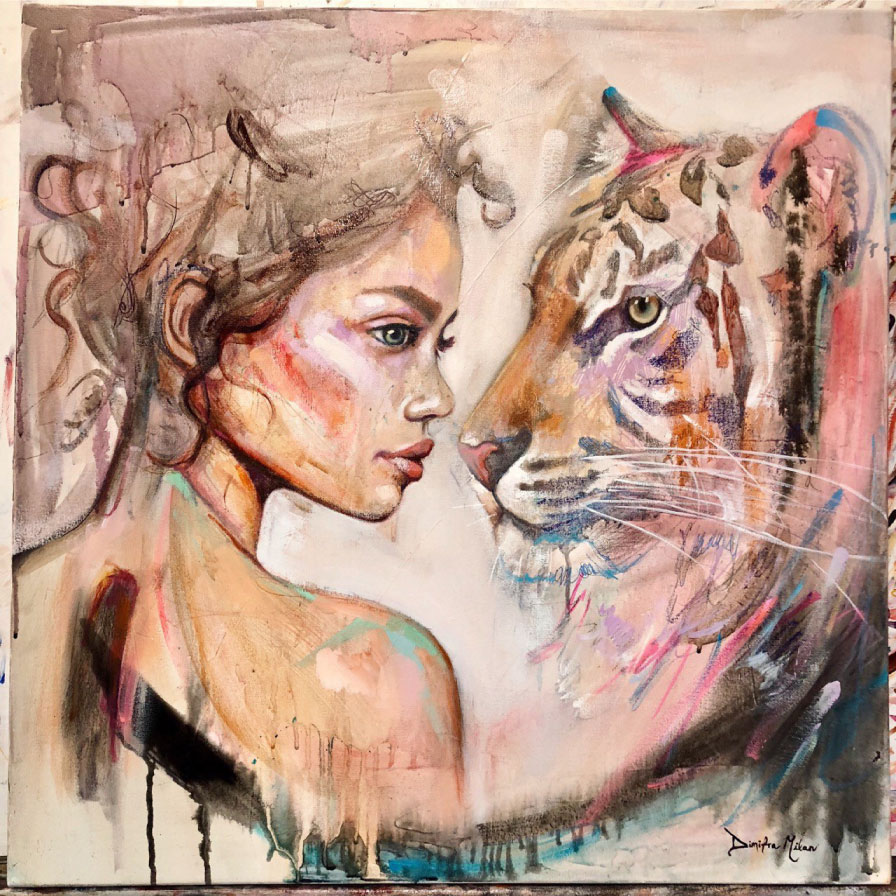Have you always wanted to know the secrets to masterful oil painting? Here are three oil painting techniques and materials you’ll need. Before you learn the skills, it all starts with having the essential materials. You’ll need a few soft oil painting brushes, solvent to clean your brushes (odorless mineral spirits, etc.), linseed oil (or another oil painting medium), a cotton rag, and of course some good quality oil paints.
First, every great oil painting starts with an underpainting layer. You never want to place straight up oil paint over a white canvas, because not only does it look amateur, but it will make it very difficult to add layers and create the depth you want. Some might consider what you're about to learn is an advanced oil painting technique, but it's actually a pretty basic oil painting technique. By using this method of oil painting, you have the potential to become an oil master. Everyone who sees your artwork will wonder how you did it.
For the underpainting layer, mix any transparent oil paint (burnt sienna, raw umber, alizarin, etc.) with a slightly larger amount of your solvent. Then add a little bit of linseed oil (or another oil painting medium) to your mixture. The consistency shouldn’t be too watery, and still have enough color so that it’s not washed out. With a larger brush, evenly coat your whole canvas with this paint mixture. It doesn't have to be perfect, just have fun with it!
Another more abstract oil painting technique, is to work thin to thick. What this means generally is start with your thinner washes and gradually build up the thickness of your paint as you add more layers. This works very well with transparent paints, these colors are usually darker while still in the tube. But when mixed with an oil painting medium, they are much lighter and translucent. There's several types of mediums out there used for oil painting, a really great one to use is Galkyd (by Gamblin). Before you move on to the next layer of the painting, you need to let your previous layer dry. Otherwise your oil paint can get very muddy very quickly. Mixing in fast drying mediums to your paint, will help speed up the drying time in as little as 12 hours! If you were to use no mediums whatsoever, it could take days, even weeks for your oil paintings to dry.
One more essential technique you must learn, is to paint dark to light. After your transparent layers, you can start painting with opaque paints. These colors are usually lighter, creamy and heavier. In every color family you have transparent and opaque colors. Opaques will cover up whatever layers you have underneath. To create form and depth, work dark to light using your opaque paints. You can always mix transparents and opaques together, but just know that they will become opaque. Add the highlights and white as a very last step, and you will see your painting really come alive.
Most people that admire art love the look oil paintings have, but are afraid to try oils themselves. By making mistakes, we learn the most. The more you work with them, the easier it will become and soon enough you’ll be fluent in mixing oil paint. Get ready to fall in love with oil painting by using these three techniques!
Dimitra Milan
Professional Artist, Co-Owner of Milan Art Institute

